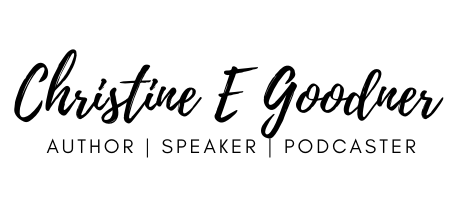I've learned a lot about practice since my middle school days when I was just…
The Importance of Review
 One of the foundations of the Suzuki Method is its focus on reviewing pieces a student has already learned. Most teachers have a systematic way to have students go through their review pieces and it often varies from teacher to teacher.
One of the foundations of the Suzuki Method is its focus on reviewing pieces a student has already learned. Most teachers have a systematic way to have students go through their review pieces and it often varies from teacher to teacher.
Reviewing pieces on a daily and weekly basis not only keeps students ready to participate in group classes, play throughs, and at institutes in the summer – it also helps students to master their pieces in a way that learning them and then moving on would never be able to do.
What so many people do not realize, is that when a soloist comes to town to perform they are usually playing what is (for them) a review piece during their performance! Their performance pieces are pieces that they know inside and out and have played many many times.
While students are often much more excited to start something new than play a piece they have already learned, I would argue that review is one of the most important parts of each practice. It isn’t until a piece is in the review stages that a student really knows it inside and out and can play it with ease. It is so important to include review pieces into everyday practice to build confidence and ease in playing any instrument.
A basketball player, for example, will learn to dribble and pass the ball first. Eventually, the player goes on to learn more complicated drills and plays. However, basic dribbling and passing drills aren’t left behind – practicing those skills is the basis for everything else the player is doing. The same is true for Suzuki students and their review songs – the music they are learning now is built on the foundation of everything else they have learned so far.
Once you make a committment to include review in every practice there are many different ways to work it in. One thing I tried with my students last spring was to give out a practice chart to all students in the spring and they had a month to complete it. Each review song was to be played 25 times over the course of the month. You can download and print off a copy of the book one version (for violin) here: Review chart Book One. This really got everyone paying serious attention to their review and how it improved their overall playing. Feel free to download and use it!
How do you approach review pieces?
This Post Has One Comment
Comments are closed.





I can certainly say that as an adult I tend to quickly forget things once I have “learned”. (Books I have read with full intensity sometimes seem like new after only a year or so…) I’m sure it is not so bad for children, who have a a natural ability to record experiences much more permanently.
Still since I believe the process of learning goes in a kind of “spiral” (from broad overview to detail and depth, or from core principle to a myriad of implementations extending from there), it should be very important to revisit projects previously completed. This should be enjoyable (confidence building) and also educational (developing the old song in new ways…)